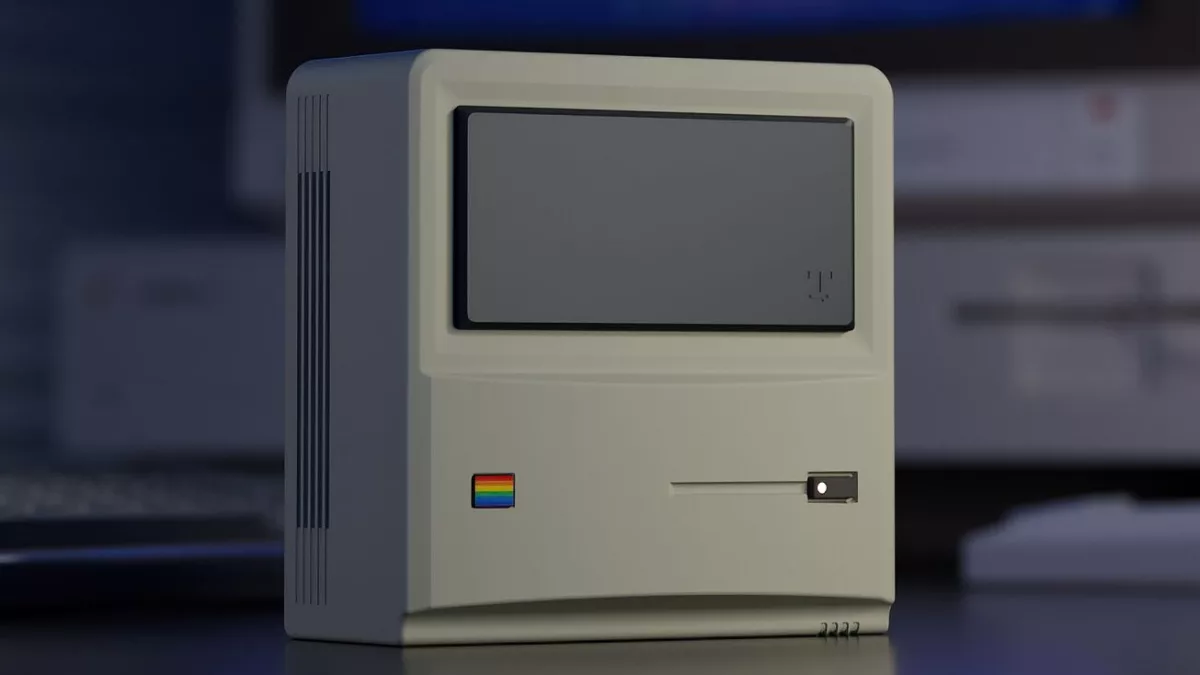Ayaneo’s foray into the mini PC market with its Retro Mini PC has garnered attention for its stunning design, but a closer look at its hardware specifications reveals limitations that may not justify its price tag for all users. This assessment delves into the capabilities and potential uses of this device, weighing its aesthetic appeal against its performance and value.
The Ayaneo Retro Mini PC has certainly captured the imagination with its eye-catching design, tapping into a sense of nostalgia for the classic era of computing. It’s an attractive piece for anyone who appreciates the aesthetic of vintage technology. However, the beauty of this device is somewhat superficial, as its internal components don’t quite match up to its external charm.
The base model, priced at $199, is equipped with an AMD Ryzen 3 3200U processor, 8GB of RAM, and a 256GB SSD. This processor, dating back to 2019, is based on AMD’s first-generation Zen architecture and offers only two cores and four threads with a boost clock of up to 3.5GHz. The graphics capabilities are equally modest, with the Radeon Vega 3 chip offering limited potential for modern gaming or demanding applications.
For an additional $60, the storage and memory double, but the processor remains the same. The other variants of the Retro Mini PC feature the more powerful AMD Ryzen 5 5700U, which provides eight cores and 16 threads with a maximum clock speed of 4.3GHz. While this is a step up, it still falls short for contemporary gaming needs, despite being more suitable for less demanding tasks.
Pricing and Practicality: Does It Add Up?
The Retro Mini PC range extends up to $459 for the highest-spec model with 32GB of DDR4 RAM and a 1TB SSD. This pricing, however, raises questions about the device’s practicality.
The most expensive model seems to overreach, offering more RAM and storage than what the device’s primary use – retro gaming emulation – would necessitate.
Considering the device’s target market, even the basic model at $199 is capable of handling retro gaming emulation effectively. The inclusion of multiple USB ports, HDMI, and DisplayPort sockets provides flexibility in connectivity.
However, when comparing it to alternatives like the Raspberry Pi 5, which costs just $80, the Ayaneo’s price point might not seem as attractive. The Raspberry Pi, though requiring additional components, could still end up being a more cost-effective option for similar use cases.
Furthermore, when venturing into the higher price ranges, the Retro Mini PC faces stiff competition from devices like the original Steam Deck, priced at $349, which offers greater versatility and performance for retro gaming on the go.
Conclusion: Nostalgia Versus Performance
The Ayaneo Retro Mini PC is undoubtedly a visually appealing device that hits all the right nostalgic notes. However, its hardware specifications, particularly at its price points, may not align with the needs of users looking for more than just retro gaming emulation.
It could be an ideal gift for enthusiasts who enjoy tinkering with low-spec PCs or those who are captivated by its vintage charm. But for those seeking a mini PC with robust performance capabilities, there might be more suitable options available in the market.
